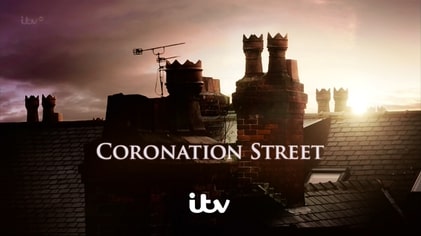Anthology series are hard. In exchange for episode-to-episode variety in visuals, characters, and tone, TV creators working in the format have to make seemingly unconnected stories connect and matter together. It’s a risk to show an audience a storytelling mode and so thrill them that they start wishing the rest of the series did that too; when presented with a type of story they dislike, they might disengage until the credits roll. Because every story ends.
“The Midnight Club” raises the stakes for itself by nesting hair-raising tales from the catalog of Christopher Pike within a cultish conspiracy to maybe cheat death, hidden beneath the facade of a hospice for terminally ill teens.”We were really excited about the format — you know, the kind of Christopher Pike-Russian doll thing,” series co-creator Leah Fong told IndieWire. “It was a structurally very ambitious thing.”
That excitement extended into the writers’ room’s process, as well. To tackle the works of prolific YA horror author Pike, Fong and co-creator Mike Flanagan each read a number of the books they knew would be covered in the first season of “The Midnight Club.” They also opened up the proverbial library at their disposal to their writers when “The Midnight Club” room assembled — not at a remote, Queen Anne-style mansion in the woods, sadly, but over Zoom.
“Each writer kind of did a book report, and so we did our own ‘Midnight Club’ where the writers had to orally tell the story of the book in the room,” Fong said. “And that helped us to understand what could fit in this season or what was maybe a little bit too sprawling.” The stories that made the cut had to meet a multifaceted set of criteria, offering opportunities to switch up the look and feel of the show — but more importantly, they needed to reveal something essential about the characters who told them.
“The Midnight Club”
Eike Schroter/Netflix
This focus on character was influenced by Fong’s time on flashback-heavy shows like “The Magicians” and “Once Upon a Time” — the latter of which was created by veterans of the mother of all flashback shows, “Lost.” She sees “The Midnight Club” as part of that lineage: “This is, in its way, a flashback show because we don’t see what the kids were like before they lived at Brightcliffe,” Fong said. “But these stories are definitely their way of expressing that and us being able to get to know them outside of the context of the house, before they were given these terrible diagnoses. I wouldn’t say any of them are unreliable narrators, but there are discrepancies between what they’re saying versus what we’re seeing.”
It also helped when Midnight Club stories could have some element that could carry over into the action at Brightcliffe, in the way that Anya’s (Ruth Codd) ballerina figurine has a resonance with the story she tells about two dancers and which stays with the other members of the club after Anya is gone. “All of the threads of the stories are coming together in her fever dream,” Fong said. “Within that story, I felt like Anya herself couldn’t really reconcile with a lot of the things in her life, like she couldn’t forgive herself, and then with the help of the Midnight Club, they were able to give her peace. It was an interesting mix of psychology and narrative storytelling and friendship helping someone to confront what our show is all about.
“We’re all scared shitless of confronting our death,” Fong said, “and all the ways in which we can do that through storytelling are beautiful.”
Source: Read Full Article




